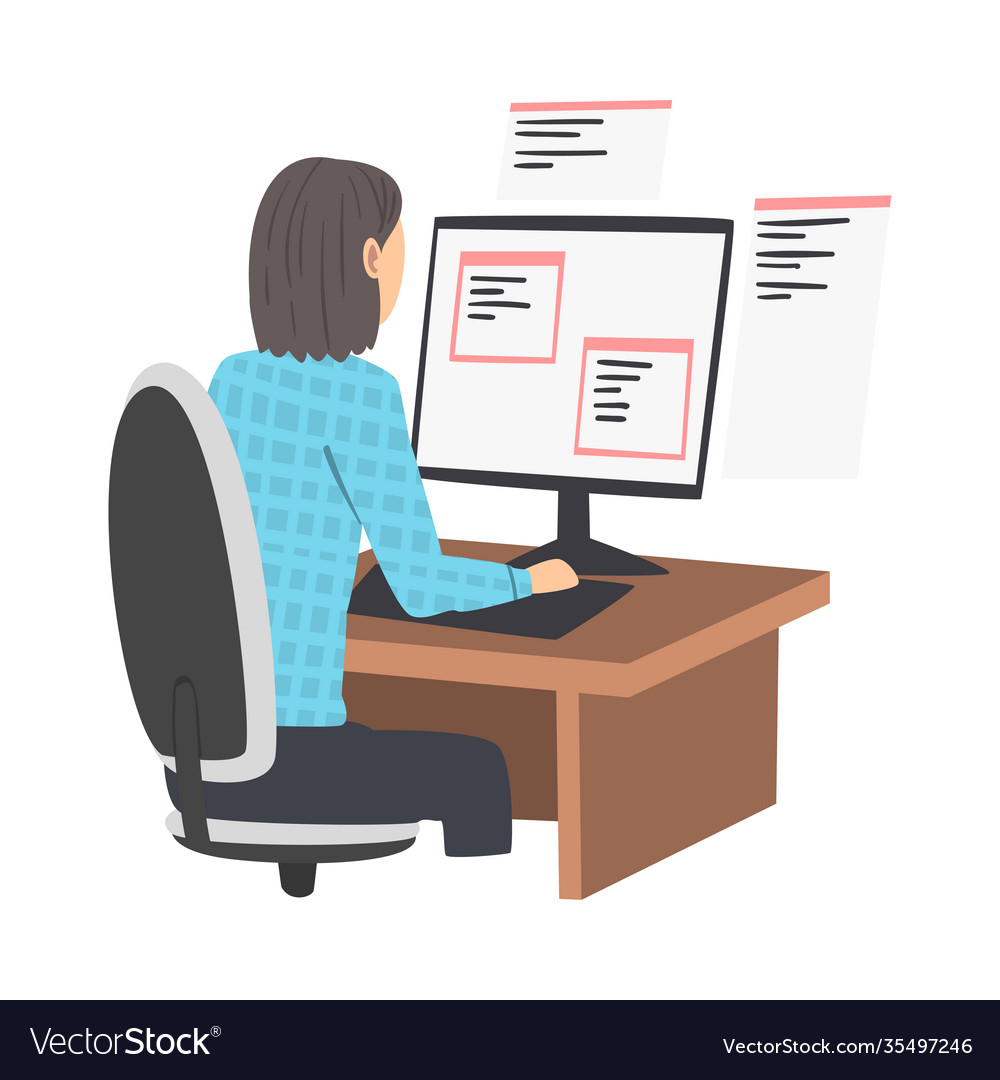Structure Success with a Dedicated Development Team for Your Service Demands
Wiki Article
Committed Developers vs. In-House Teams: Which Is Right for You?
The choice between making use of committed designers and keeping an in-house team is a substantial one that can affect the trajectory of your projects and overall company technique. Conversely, in-house groups add to a natural company culture and a nuanced understanding of long-term objectives.Comprehending Dedicated Developers
The expanding need for specialized abilities in the technology market has caused the development of committed designers as a sensible remedy for several companies. These specialists are typically acquired on a project basis, enabling companies to take advantage of specific know-how without the long-lasting commitment connected with full time hires. Devoted designers are often embedded within a customer's team, providing versatility and scalability to fulfill task demands.This model allows organizations to access a global skill swimming pool, which is specifically beneficial in a rapidly advancing technological landscape. Dedicated designers can be sourced from various geographical areas, guaranteeing that business can locate the appropriate ability at affordable prices. They typically bring a riches of experience and understanding, having dealt with diverse tasks across different sectors.
Furthermore, dedicated programmers can concentrate specifically on the tasks at hand, enhancing productivity and efficiency. They are outfitted to integrate flawlessly right into existing workflows, collaborating closely with in-house groups to attain project objectives. This technique not only reduces the concern of recruitment and training but additionally enables organizations to stay nimble, adapting rapidly to transforming market demands and technological innovations.
Benefits of In-House Teams

Moreover, in-house teams tend to have a much deeper understanding of the company's objective, values, and objectives. This placement can enhance worker engagement and motivation, as team participants feel a lot more connected to their job and the company's success. Additionally, having a committed internal team enables far better alignment of objectives and methods, as these participants are consistently focused on the company's top priorities.
Internal teams additionally promote quicker decision-making procedures, as they can react much more rapidly to adjustments and difficulties. The established relationships and experience with business protocols permit streamlined operations and decreased miscommunication. Inevitably, the mix of a natural culture, alignment with organizational objectives, and effective interaction makes internal groups an important property for many organizations, especially those wanting to grow long-term development and innovation.
Expense Factors To Consider
When examining price considerations, both in-house groups and devoted developers existing distinctive economic implications for companies. Engaging specialized developers generally includes a pay-per-project or per hour price version, which can be cost-effective for businesses with rising and fall task needs. This method permits for flexibility in scaling sources up or down, ensuring that business just pay for the solutions they require.In comparison, in-house teams require dealt with costs, consisting of salaries, benefits, and overhead expenses such as office and tools. While this design provides higher control and instant availability of sources, it may cause higher long-term costs, especially if the workload does not validate a full-time staff.
Moreover, firms ought to take into consideration the concealed costs related to employment and training of internal employees, which can further stress budget plans. In some instances, the time and resources invested on handling an in-house group can diminish the company's core service purposes.

Job Monitoring and Adaptability
Job administration and versatility are critical aspects that influence the selection in between specialized programmers and internal groups. Dedicated programmers normally offer a high degree of versatility, allowing companies to range resources up or down based on task needs. This agility can be specifically helpful for organizations experiencing varying work or those looking for to introduce swiftly. Dedicated teams often have actually developed processes for taking care of tasks efficiently, leveraging certain methods like Agile or Scrum, which promote iterative progress and versatility.
Inevitably, the selection between specialized programmers and in-house teams pivots on the wanted degree of flexibility and the certain job management needs. Companies must assess their operational dynamics, task complexity, and source accessibility to identify which option straightens finest with their strategic purposes.
Making the Right Option
Selecting the right development approach-- in-house groups or committed programmers-- requires a careful assessment of numerous variables that align with a firm's strategic objectives. Conversely, in-house teams can give far better continuity and assimilation with existing personnel.Next, review your budget plan. Committed developers usually offer a cost-efficient option for temporary tasks, while in-house teams may sustain higher lasting costs as a result of salaries, benefits, and overhead expenses. Examine the level of control and cooperation preferred; internal teams commonly foster more powerful communication and placement with business culture.
Furthermore, consider the time frame. If immediate outcomes are required, committed designers can be onboarded rapidly, whereas developing an internal team requires time for employment and training. Lastly, weigh the long-lasting vision of your company. If continual advancement is important, investing in an internal group might yield much better returns gradually. Inevitably, the decision pivots on a thorough analysis of these elements, ensuring placement with your business's total goals and functional requirements.
Final Thought
In conclusion, the choice in between internal groups and committed programmers pivots on job needs and business purposes. On the other hand, in-house groups cultivate a natural culture and deeper alignment with lasting goals.The nearshore software development choice between making use of devoted designers and maintaining an in-house team is a significant one that can influence the trajectory of your projects and total business strategy.Project administration and versatility are essential aspects that influence the selection in between devoted designers and in-house groups. offshore software development.In contrast, in-house teams might succeed in preserving a regular job monitoring framework due to their experience with the company's society and long-term goals. Committed designers usually offer an economical option for short-term tasks, while in-house teams might incur greater long-lasting expenses due to wages, advantages, and overhead costs.In final thought, the decision in between internal teams and specialized programmers pivots on job requirements and organizational goals
Report this wiki page